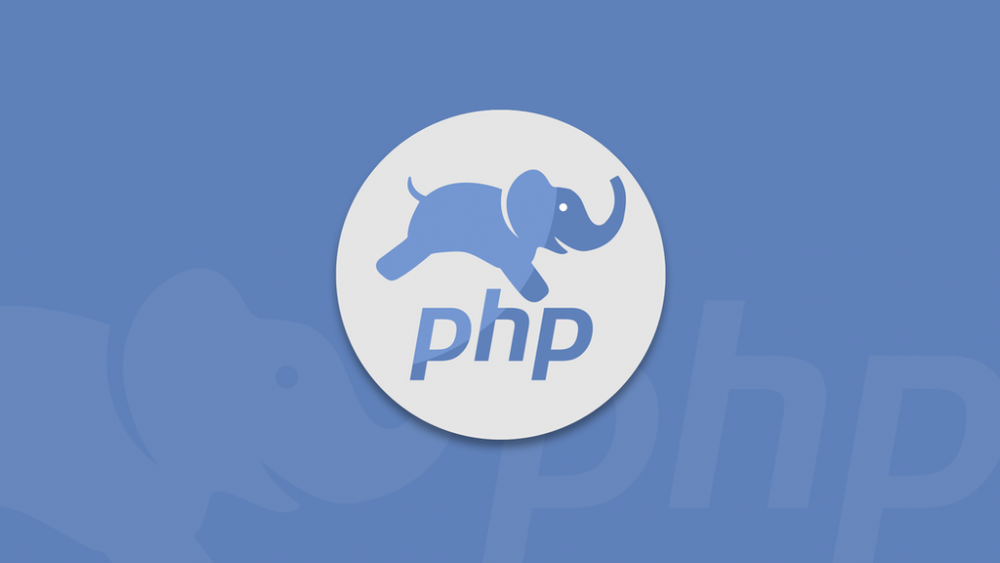
How To Use PHP As An Android Applications Back-End
How to Use PHP as an Android Application's Back-End
PHP is an excellent programming language for use as a backend for Android applications. It requires Android login and registration, both of which are extremely common and necessary scenarios.
All applications that wish to collect user information will undoubtedly include registration and login functionality. In this section, we'll look at how PHP can be used as the backend for Android applications and how to set up a local server and MySQL database to aid in PHP web development.
Essentially, we will be creating a registration and login application. The PHP script will be used to establish a connection to the MySQL database.
Android Registration Login
The very first step is to create a backend web server. You will be performing this task on any operating system, in our case, Mac OS X and XAMPP, which can be used to quickly configure the local Apache web server and MySQL database.
Configuration of the XAMPP Server
XAMPP is a one-click installer that provides a development environment for PHP and MySQL web applications. XAMPP is available for download and installation via the internet.
After installing the XAPP application, you will see a screen. By accessing http://localhost, you can test your own server. It will bring up a new window. Additionally, you must verify phpMyAdmin by accessing http://localhost/phpmyadmin.
Now, you must test phpMyAdmin on the specified localhost, and you will see a different screen. It's time to put a sample PHP script to the test. To accomplish this, you must create a test.pho file and include the code necessary to execute it. Which code does it have? PHP initiates the opening tag for any PHP script.
It will also include?> for closing tags, similar to the closing bracket used in Java. If you're running Mac OS X, navigate to Applications>Xampp>htdocs.
Create a new folder there, for example, test android, and then copy and paste the previously created test.php file. Now navigate to http://localhost/test android/test.php.
MySQL Database Configuration
To access phpMyAdmin, navigate to http://localhost/phpmyadmin. Now, click the Databases tab, which is located at the top left of the headers row.
Give it a random name and it will be created. In the left sidebar, you can see the newly created empty database. Now, in this newly created Database, create a user table.
Execute a code, and a new screen will appear. This is a critical step that a PHP development company should take care of.
PHP connection to MySQL database
Three input values are required to connect the PHP script to the MySQL database. The XAMPP server's input and default values are as follows: Host Name: localhost, MySQL username: root, and MySQL password: "", which is blank.
Mysql connect() is a built-in function that allows you to connect to a MySQL database using various parameters. Now, navigate to http://localhost/test android/test-connect.pjp and examine the output. In the event that it is not connected, restart the XAMPP servers.
Android Login Registration Application
After discussing the fundamentals of MySQL and PHP configuration, let's move on to the Android Login Application. We'll create a sign-in/registration application. Throughout the registration process, we will verify that the username and email address are unique. DROP the Table users first, and then create a new table in the specified application's context.
Project Structure for Android Login Registration
Now that you've completed this project, you'll need to use three libraries to implement HTTP Calls in your application. The JSON parser class will be used to receive HTTP requests and POST requests to localhost and will then return the response in the form of a JSONObject.
Conclusion
This enables you to use PHP as a backend for developing Android applications. Essentially, you will create an Android login using PHP and MySQL.
PHP will aid you in developing a dependable backend for your application. It will increase the adaptability and security of the Android application. It includes all necessary features and functionality, which contributes to the Android application's effectiveness. Employ PHP developers who are familiar with PHP as a backend for the Android application you wish to develop for your business.

